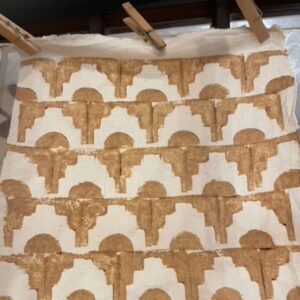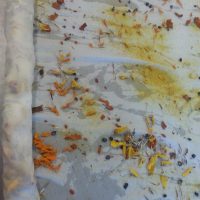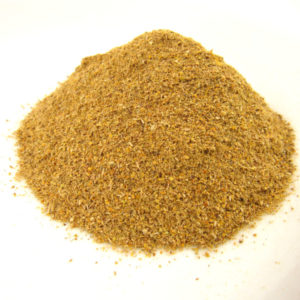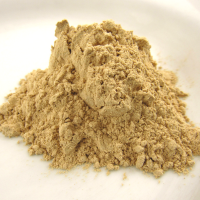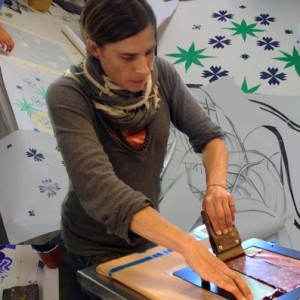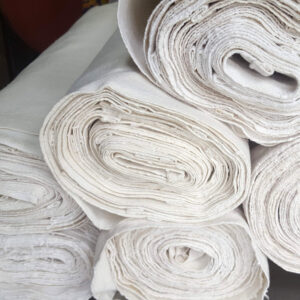Easy Print Paste Thickener Tutorial
Designs and prints come to life with mordant printing using Botanical Colors Print Paste Thickener and this tutorial! If you don’t follow Arielle Toelke, Designer + Creator of Four Rabbit, you’re missing out! With a background in art, Arielle creates a line of goods that are both graphic and fun. We’ve been friends with her for years and also gotten to know her as one of our customers using our dyes and assists to make some pretty exciting, graphically pleasing surface designs. We asked Arielle to write an easy-to-use print paste thickener tutorial, sent her some of our print paste … Read more

